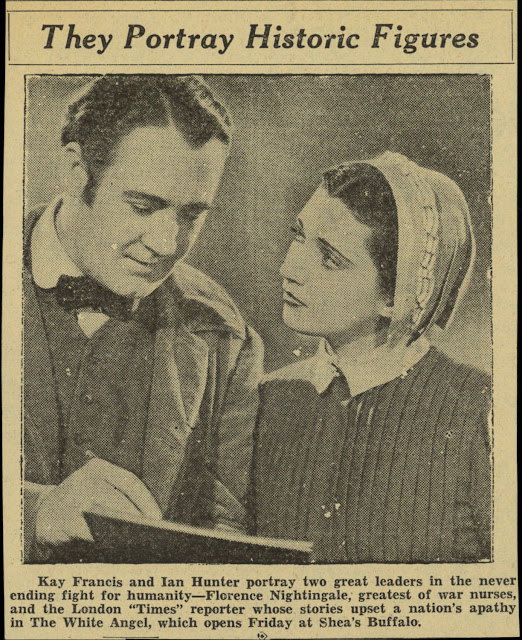How Fragile Was a Romance Image?
Boyer Takes a Brave Gaslight Plunge
 |
| Laughs On The Set --- Not In The Movie! |
 |
| Directing George Cukor Trimmer Than I Recall Seeing Him Elsewhere |
 |
| Laughs Precede Intense Tie-Up Scene as Supervised By Cukor |
Most stars, those protective of benign images, figured they could get away with scary departure … once. Gene Tierney did Leave Her To Heaven, then put such conduct behind her. Ronald Colman said he wouldn’t do Rebecca because onscreen wife murder could never be his thing (this at undoubted point before story change took Maxim off the homicide hook). They say censors wouldn’t let Hitchcock have the Suspicion end he wanted (Cary Grant kills Joan Fontaine), but given the liberty, would Grant have been willing to play it? I bet not. Fred MacMurray did murder in Double Indemnity, but he was single and a “wolf” besides, so maybe deserved Stanwyck for the very bad influence she was. Bogart did in a wife for Conflict openers, but he was Bogart, so here was behavior not unexpected. Was Boyer as Anton the most seemingly ideal husband to turn out to be a cad and killer? If so, then I regard Gaslight as historic, Boyer perhaps paying dear for doing it. Being Metro means Gaslight looks like an overstocked furniture mart, even where it was the idea for Paula/Bergman to be suffocated by décor. There is Hitchcock influence. You could mistake this as one of his were Gaslight less contrived. Anton tips off his villainy (clumsily, I’d add) by steaming up over a letter Paula comes across, this early enough in the show for us to know he’s a threat. Sort of like Uncle Charlie making a fuss over torn newspaper and the inscribed ring. The lengths writers and directors had to go to for heroines, and us, to get suspicious.
Bergman was tall and more than robust, taller, in fact, than Boyer. He’s in man-heels on their honeymoon, and for all I know, stood on platforms later in close shots. Bette Davis spoke of shock seeing him as genuine article as opposed to idol image: hair gone, a paunch, the usual disillusionment where one expects a perfect man. Still, he could make the illusion work, and we buy Bergman flipping for him. She’s a more than physical match, so it’s good they don’t come to blows (I always wondered why Bergman needed a gun in Casablanca when she could as easily wrestle those letters-of-transit away from Bogie/Bogey). One thing Hitchcock had that Gaslight needed was humor. This one is cruel and takes forever getting Paula from harm’s way. I wanted Joseph Cotten to speed up his investigation and get there sooner. Cotten by the way is sole oasis for levity, if subdued, welcome as 114 minutes crawls toward belated rescue. Cukor drops nice suspense devices, holding us off less for if Anton did it (murder), than why he did it. Gaslight in the end is less a “fun” thriller than a mean one. In addition to Boyer, there is snide maid Angela Lansbury, them a tag team to torment Bergman. Let’s just say I’ll watch Shadow of a Doubt five times for every once I’d see Gaslight. Still, it’s got pluses, and good news of late sees Warner Archive out with a Blu-Ray.






















































